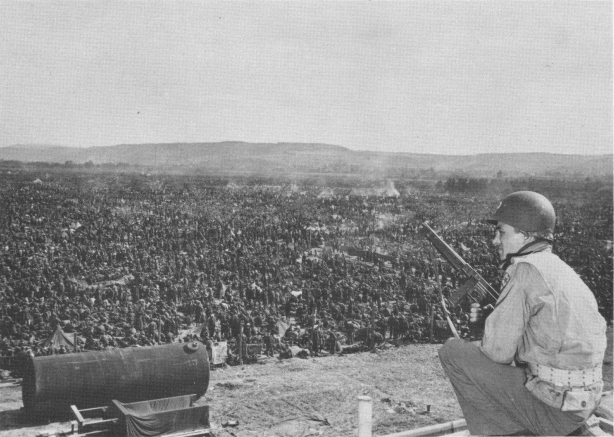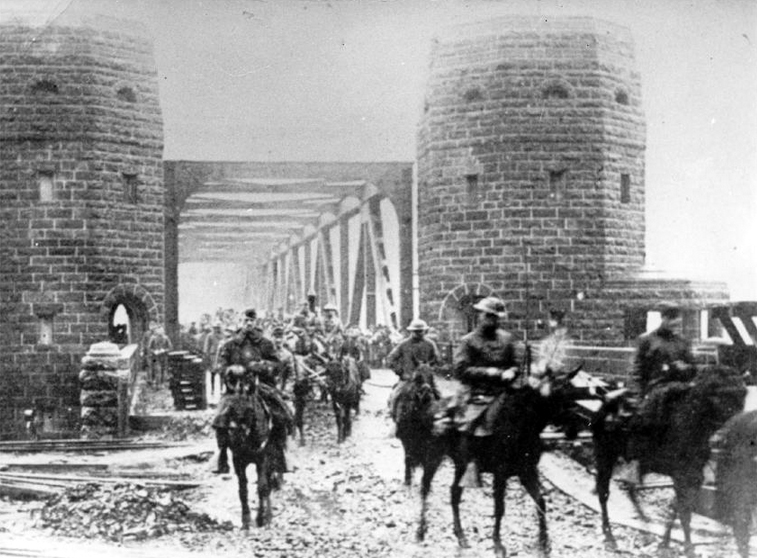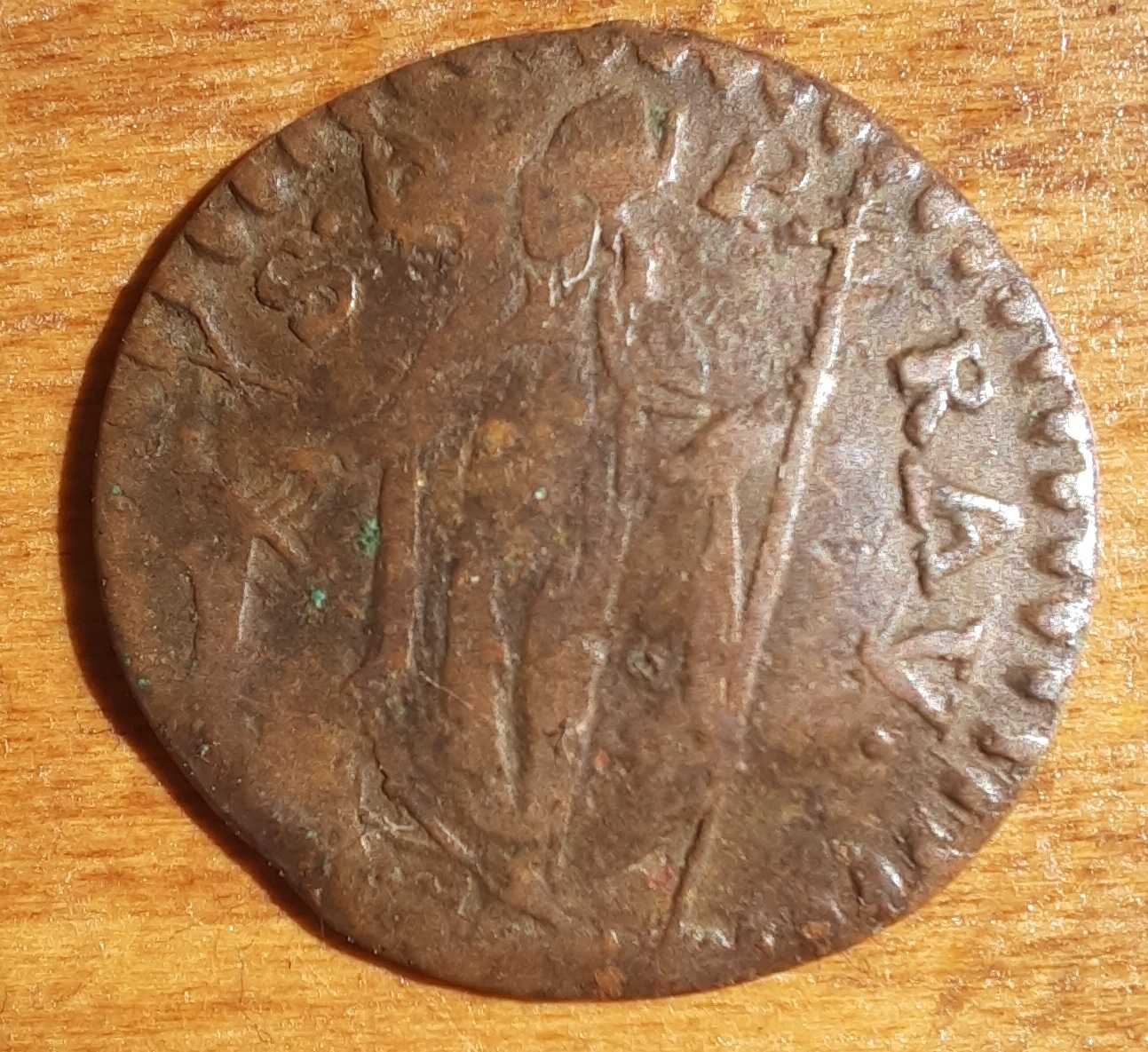|
Remagen
Remagen () is a town in Germany in the state of Rhineland-Palatinate, in the district of Ahrweiler (district), Ahrweiler. It is about a one-hour drive from Cologne, just south of Bonn, the former West Germany, West German seat of government. It is situated on the left (western) bank of the river Rhine. There is a ferry across the Rhine from Remagen every 10–15 minutes in the summer. Remagen has many notable and well-maintained buildings, churches, castles and monuments. It also has a sizeable pedestrian zone with plenty of shops. Overlooking the west bank of the Rhine just north of the city centre is the Apollinariskirche. It has an observation deck that is only open to parishioners on Sundays. Pedestrians reach the church via a dirt trail that passes a series of roadside monuments representing each of the fourteen Stations of the Cross. The church grounds contain an outdoor crypt and an abbey. Further down the river is one of the many castles along the Rhine, perched even highe ... [...More Info...] [...Related Items...] OR: [Wikipedia] [Google] [Baidu] |
Ludendorff Bridge
The Ludendorff Bridge, also known as the Bridge at Remagen, was a bridge across the river Rhine in Germany which was captured by United States Army forces in early March 1945 during the Battle of Remagen, in the closing weeks of World War II, when it was one of the few remaining bridges in the region and therefore a critical strategic point. Built during World War I to help deliver reinforcements and supplies to German troops on the Western Front, it connected Remagen on the west bank and the village of Erpel on the east bank between two hills flanking the river. Midway through Operation Lumberjack, on 7 March 1945, the troops of the 1st U.S. Army approached Remagen and were surprised to find that the bridge was still standing. Its capture, two weeks before Field Marshal Bernard Montgomery's planned Operation Plunder, enabled the U.S. Army to establish a bridgehead on the eastern side of the Rhine. After the U.S. forces captured the bridge, German forces tried to destr ... [...More Info...] [...Related Items...] OR: [Wikipedia] [Google] [Baidu] |
Operation Lumberjack
Operation Lumberjack was a military operation with the goal of capturing the west bank of the Rhine River and seizing key German cities, near the end of World War II in Europe. The First United States Army launched the operation in March 1945 to capture strategic cities in Nazi Germany and to give the Allies a foothold along the Rhine. One unexpected outcome was the capture of the Ludendorff bridge, a strategic railroad bridge across the Rhine, in the Battle of Remagen. Despite German attempts to destroy the bridge, Allied forces captured it intact and were able to use it along with pontoon and treadway bridges to establish a bridgehead. The bridge finally collapsed at 3:00 PM on 17 March 1945 after ten days of aircraft bombing, direct artillery hits, near misses, and demolition attempts. Background The Germans had repeatedly frustrated Allied efforts to cross the Rhine. With the 21st Army Group firmly established along the Rhine, U.S. General of the Army Omar Bradley ... [...More Info...] [...Related Items...] OR: [Wikipedia] [Google] [Baidu] |
9th Armored Division (United States)
The 9th Armored Division (the "Phantom Division") was an armored division of the United States Army during World War II. In honor of their World War II service, the 9th was officially nicknamed the "Phantom Division." The 9th Armored Division was cited for extraordinary heroism and gallantry in combat in the vicinity of Waldbillig and Savelborn, Luxembourg from 16–22 December 1944 during which they repulsed constant and determined attacks by an entire German division. Outnumbered five to one, with its infantry rifle companies surrounded for most of the time, clerks, cooks, mechanics, drivers and others manned the final defensive line. Supported by the outstandingly responsive and accurate fire of its artillery battalion, this widely dispersed force stopped every attack for six days until its surrounded infantry were ordered to fight their way back to them. This staunch defense disrupted the precise German attack schedule and thus gave time for the United States III an ... [...More Info...] [...Related Items...] OR: [Wikipedia] [Google] [Baidu] |
Ken Hechler
Kenneth William Hechler (September 20, 1914 – December 10, 2016) was an American politician. A member of the Democratic Party (United States), Democratic Party, he represented West Virginia's 4th congressional district in the U.S. House of Representatives from 1959 to 1977 and was West Virginia Secretary of State from 1985 to 2001. Biography Early life and military service Of German-American descent, Hechler was born in Roslyn, New York, on September 20, 1914, to Charles Henry and Catherine Elizabeth (Hauhart) Hechler. He held a BA from Swarthmore College, and an MA and PhD from Columbia University in history and government. Hechler served on the faculty of Columbia University, Princeton University, and Barnard College in the years leading up to World War II. Hechler held a series of minor appointed positions in the federal civil service until he was drafted into the United States Army during World War II in July, 1942. After graduation from Armored Force Officer Candidate ... [...More Info...] [...Related Items...] OR: [Wikipedia] [Google] [Baidu] |
Apollinaris Of Ravenna
Apollinaris of Ravenna (; , ''Apollinarios'', Late Latin: ''Apolenaris'') is a Syrian saint, whom the Roman Martyrology describes as "a bishop who, according to tradition, while spreading among the nations the unsearchable riches of Christ, led his flock as a good shepherd and honoured the Church of Classis near Ravenna by a glorious martyrdom."Martyrologium Romanum (Libreria Editrice Vaticana 2001 ) Biography It is not certain what was his native place, though it was probably Antioch in the Syria (Roman province), Roman province of Syria. It is not certain that he was one of the seventy-two disciples of Christ, as has been suggested, but he was apparently a disciple of Saint Peter, who may have consecrated and commissioned him as the first Bishop of Ravenna during the reign of the Emperor Claudius, the fourth Roman emperor from 41 to 54 A.D. The precise date of his consecration as Bishop cannot be ascertained. He dedicated himself to the work of evangelization in Emilia-Romagna. ... [...More Info...] [...Related Items...] OR: [Wikipedia] [Google] [Baidu] |
Ahrweiler (district)
Ahrweiler () is a district in the north of Rhineland-Palatinate, Germany. It is bounded by (from the north and clockwise) the districts of Euskirchen (district), Euskirchen, Rhein-Sieg and the city of Bonn in the state of North Rhine-Westphalia, and the districts of Neuwied (district), Neuwied, Mayen-Koblenz and Vulkaneifel. History The region was conquered by the Roman Empire, Romans under Julius Caesar about 50 BC. Some hundred years later the Roman fort of Rigomagus (Gaulish for "king's field") was founded, later to become the city of Remagen. The Vinxtbach, a narrow brook and an affluent of the Rhine, was defined as the borderline between the Roman provinces of Germania superior and Germania inferior. There was originally a Roman villa here; the German suffix, "weiler", is from the Latin term "villare", meaning "land attached to a Roman villa, farm". Portions of a Roman aqueduct have also been found nearby. Many towns were first mentioned in the 9th century, among them Sinz ... [...More Info...] [...Related Items...] OR: [Wikipedia] [Google] [Baidu] |
Rhine
The Rhine ( ) is one of the List of rivers of Europe, major rivers in Europe. The river begins in the Swiss canton of Graubünden in the southeastern Swiss Alps. It forms part of the Swiss-Liechtenstein border, then part of the Austria–Switzerland border, Swiss-Austrian border. From Lake Constance downstream, it forms part of the Germany-Switzerland border, Swiss-German border. After that the Rhine defines much of the Franco-German border. It then flows in a mostly northerly direction through the German Rhineland. Finally, the Rhine turns to flow predominantly west to enter the Netherlands, eventually emptying into the North Sea. It drains an area of 185,000 km2. Its name derives from the Gaulish language, Gaulish ''Rēnos''. There are two States of Germany, German states named after the river, North Rhine-Westphalia and Rhineland-Palatinate, in addition to several districts of Germany, districts (e.g. Rhein-Sieg-Kreis, Rhein-Sieg). The departments of France, department ... [...More Info...] [...Related Items...] OR: [Wikipedia] [Google] [Baidu] |
Bridgehead
In military strategy, a bridgehead (or bridge-head) is the strategically important area of ground around the end of a bridge or other place of possible crossing over a body of water which at time of conflict is sought to be defended or taken over by the belligerent forces. Bridgeheads typically exist for only a few days, the invading forces either being thrown back or expanding the bridgehead to create a secure defensive lodgement area, before breaking out into enemy territory, such as when the U.S. 9th Armored Division seized the Ludendorff Bridge at Remagen in 1945 during World War II. In some cases a bridgehead may exist for months. Etymology ''Bridgehead'' ( French ''tête de pont'') is a High Middle Ages military term, which before the invention of cannons meant the military fortification that protects the end of a bridge. Like many older terms, the meaning of the word drifted with the passage of time, becoming used for something not exactly true to its initial usage. Wit ... [...More Info...] [...Related Items...] OR: [Wikipedia] [Google] [Baidu] |
World War II
World War II or the Second World War (1 September 1939 – 2 September 1945) was a World war, global conflict between two coalitions: the Allies of World War II, Allies and the Axis powers. World War II by country, Nearly all of the world's countries participated, with many nations mobilising all resources in pursuit of total war. Tanks in World War II, Tanks and Air warfare of World War II, aircraft played major roles, enabling the strategic bombing of cities and delivery of the Atomic bombings of Hiroshima and Nagasaki, first and only nuclear weapons ever used in war. World War II is the List of wars by death toll, deadliest conflict in history, causing World War II casualties, the death of 70 to 85 million people, more than half of whom were civilians. Millions died in genocides, including the Holocaust, and by massacres, starvation, and disease. After the Allied victory, Allied-occupied Germany, Germany, Allied-occupied Austria, Austria, Occupation of Japan, Japan, a ... [...More Info...] [...Related Items...] OR: [Wikipedia] [Google] [Baidu] |
Germany
Germany, officially the Federal Republic of Germany, is a country in Central Europe. It lies between the Baltic Sea and the North Sea to the north and the Alps to the south. Its sixteen States of Germany, constituent states have a total population of over 84 million in an area of , making it the most populous member state of the European Union. It borders Denmark to the north, Poland and the Czech Republic to the east, Austria and Switzerland to the south, and France, Luxembourg, Belgium, and the Netherlands to the west. The Capital of Germany, nation's capital and List of cities in Germany by population, most populous city is Berlin and its main financial centre is Frankfurt; the largest urban area is the Ruhr. Settlement in the territory of modern Germany began in the Lower Paleolithic, with various tribes inhabiting it from the Neolithic onward, chiefly the Celts. Various Germanic peoples, Germanic tribes have inhabited the northern parts of modern Germany since classical ... [...More Info...] [...Related Items...] OR: [Wikipedia] [Google] [Baidu] |
Ruhr
The Ruhr ( ; , also ''Ruhrpott'' ), also referred to as the Ruhr Area, sometimes Ruhr District, Ruhr Region, or Ruhr Valley, is a polycentric urban area in North Rhine-Westphalia, Germany. With a population density of 1,160/km2 and a population of over 5 million (2017), it is the largest urban area in Germany and the third of the European Union. It consists of several large cities bordered by the rivers Ruhr to the south, Rhine to the west, and Lippe to the north. In the southwest it borders the Bergisches Land. It is considered part of the larger Rhine-Ruhr metropolitan region of more than 10 million people, which is the third largest in Western Europe, behind only London and Paris. The Ruhr cities are, from west to east: Duisburg, Oberhausen, Bottrop, Mülheim an der Ruhr, Essen, Gelsenkirchen, Bochum, Herne, Hagen, Dortmund, Hamm and the districts of Wesel, Recklinghausen, Unna and Ennepe-Ruhr-Kreis. The most populous cities are Dortmund (with a population of app ... [...More Info...] [...Related Items...] OR: [Wikipedia] [Google] [Baidu] |
Dwight D
Dwight may refer to: People and fictional characters * Dwight (given name), including a list of people and fictional characters * Dwight (surname), a list of people Places Canada * Dwight, Ontario, village in the township of Lake of Bays, Ontario United States * Dwight (neighborhood), part of an historic district in New Haven, Connecticut * Dwight, Illinois, a village * Dwight, Kansas, a city * Dwight, Massachusetts, a village * Dwight, Michigan, an unincorporated community * Dwight, Nebraska, a village * Dwight, North Dakota, a city * Dwight Township, Livingston County, Illinois * Dwight Township, Michigan Other uses * Dwight Airport, a public-use airport north of Dwight, Illinois * Dwight Correctional Center, a maximum security prison for adult females in Illinois * Dwight School, New York City {{disambig, geo ... [...More Info...] [...Related Items...] OR: [Wikipedia] [Google] [Baidu] |








